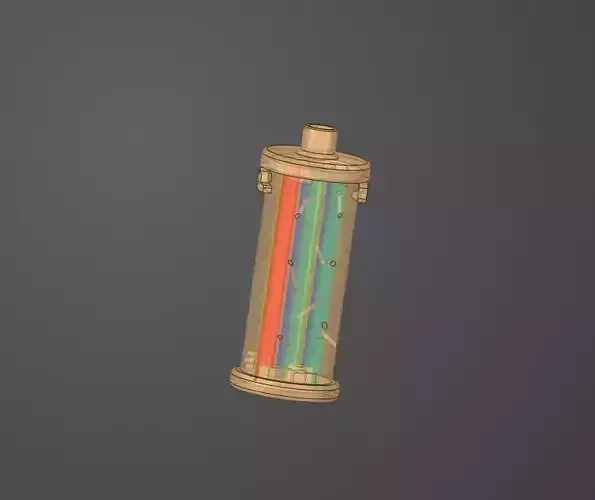1/6
A 3D printable model of a cant rackett, the smallest member of the Renaissance rackett family (also known as sausage bassoons). This compact bass instrument achieves a remarkably low pitch range (F to g) by interconnecting multiple short cylindrical bores within a single body. Popular in the late 16th and 17th centuries, racketts were valued for their portability -- capable of fitting in a pocket while producing the range of a much larger instrument.This model features a simplified fingering system compared to historical examples, with cylindrical bores drilled vertically through the body and interconnected by passages. The design includes a removable top cap for moisture evaporation. A staple will need to be fitted into the top cap, as well as a plastic reed (similar to a tenor krumhorn reed). The instrument produces a quiet, mellow tone that blends well with recorders and krumhorns, making it ideal for early music ensembles.This 3D model was designed using the method from ''The Amateur Wind Instrument Maker'' by Trevor Robinson.Note: This functional Renaissance wind instrument requires careful assembly, including sealing between bores and fitting a proper reed for playability.
REVIEWS & COMMENTS
accuracy, and usability.






